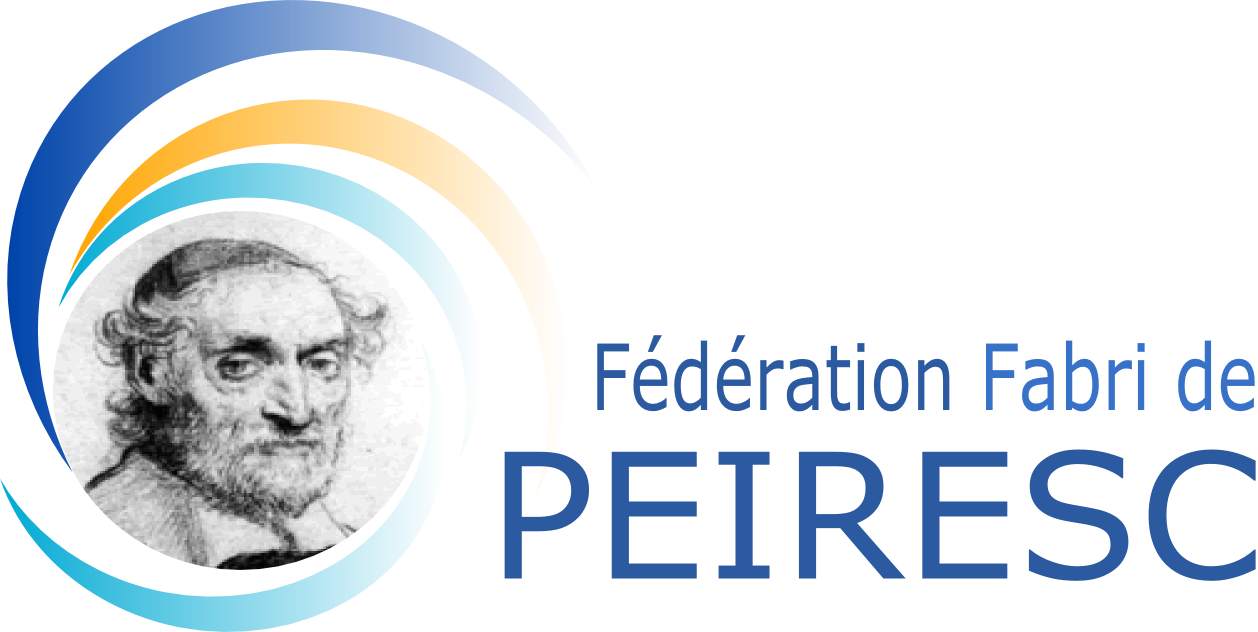A general formulation for cavitating, boiling and evaporating flows
Résumé
A flow model is derived for the numerical simulation of multi-phase flows with phase transition. The model arises from the classical multi-component Euler equations, but is associated to a non-classical thermodynamic closure: each phase is compressible and evolves in its own subvolume, with phases sharing common pressure, velocity and temperature, leading to non-trivial thermodynamic relations for the mixture. Phase transition is made possible through the introduction of Gibbs free energy relaxation terms in the equations. Capillary effects and heat conduction – essential in boiling flows – are introduced as well.
The resulting multi-phase flow model is hyperbolic, valid for arbitrary density jumps at interfaces as well as arbitrary flow speeds. Its capabilities are illustrated successively through examples of nozzle induced cavitation, a high-speed evaporating liquid jet, and heated wall induced boiling.
| Origine | Fichiers produits par l'(les) auteur(s) |
|---|



